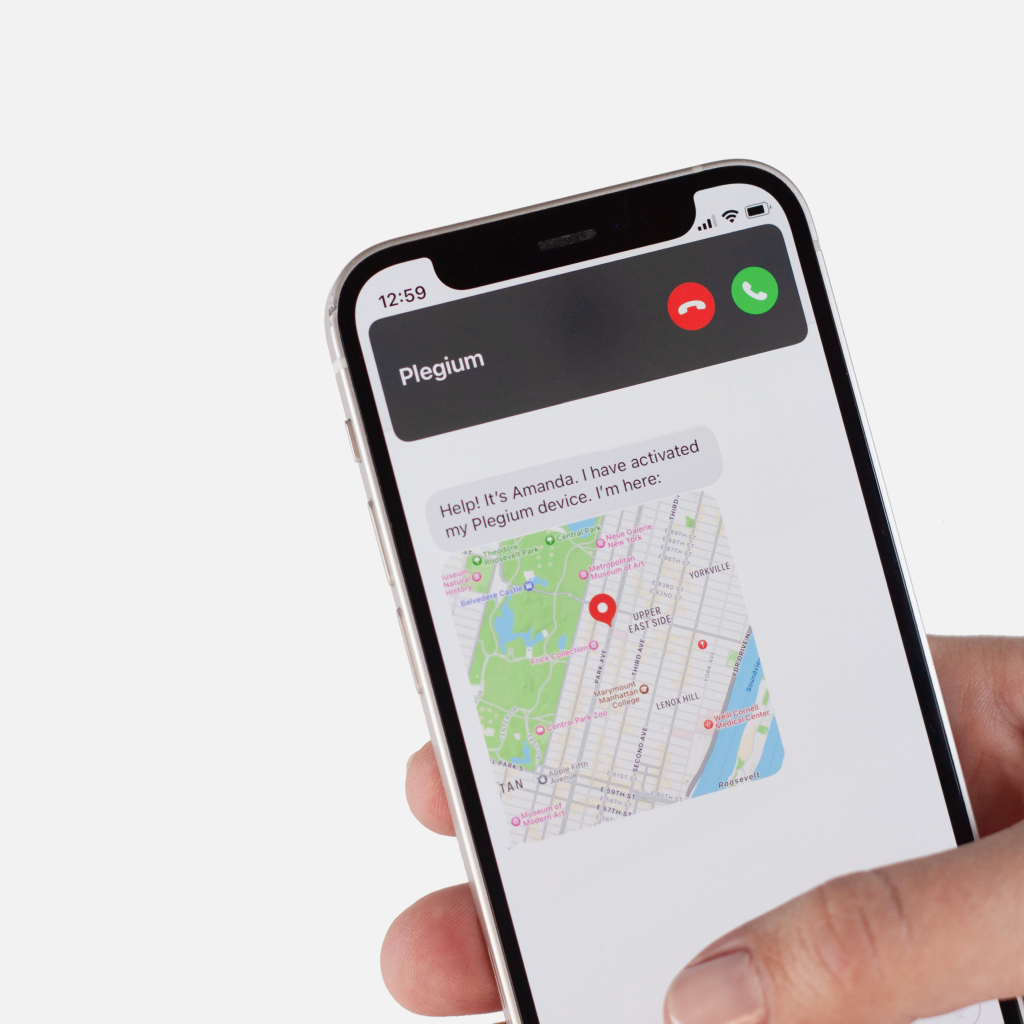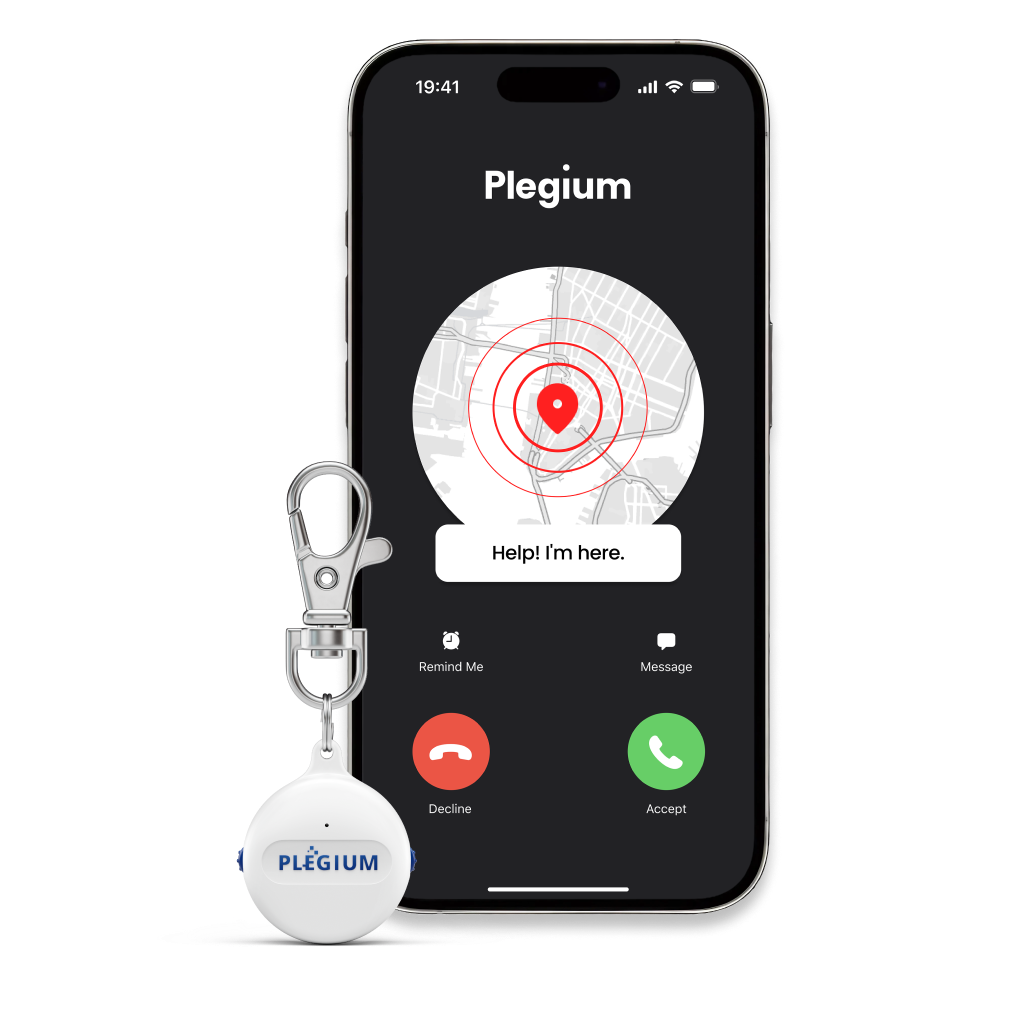Alyssa's Law stands as a beacon of hope for enhancing school safety across the United States. Enacted in response to tragic school shootings, this legislation mandates the installation of silent panic alarms in New Jersey schools, enabling swift response to emergencies and potentially saving lives. In this article, we delve into New Jersey's pioneering implementation of Alyssa's Law, examining its background, impact, and implications for school safety nationwide.
Background of Alyssa's Law
Alyssa's Law is named in honor of Alyssa Alhadeff, a victim of the 2018 Parkland school shooting in Florida. Alyssa's tragic death sparked a nationwide call for action to prevent similar tragedies in the future. In response, New Jersey lawmakers introduced Alyssa's Law, aiming to improve school safety measures and provide a rapid response to emergencies.
Key Provisions of Alyssa's Law
Alyssa's Law mandates the installation of silent panic alarms in all New Jersey public schools. These panic alarms enable school staff to quickly alert law enforcement and first responders in the event of an emergency, such as an active shooter or medical crisis. The alarms are discreetly activated, allowing staff to signal for help without alerting potential threats.
Implementation Process
Following its introduction, Alyssa's Law underwent a thorough legislative process in New Jersey. Lawmakers debated the bill's provisions, solicited input from stakeholders, and ultimately passed the legislation with broad bipartisan support. Governor Phil Murphy signed Alyssa's Law into law on February 6, 2019, marking a significant milestone in the state's efforts to enhance school safety.
Impact on School Safety
The implementation of Alyssa's Law has had a profound impact on school safety in New Jersey. By equipping schools with silent panic alarms, the law has provided an additional layer of protection for students, teachers, and staff. In the event of an emergency, school personnel can quickly activate the alarms, prompting a rapid response from law enforcement and emergency services.
Challenges and Lessons Learned
While Alyssa's Law has made significant strides in improving school safety, its implementation has not been without challenges. Some schools have faced logistical hurdles in installing and maintaining panic alarms, while others have encountered resistance from budget constraints. However, these challenges have prompted important discussions and collaborations aimed at overcoming barriers to implementation.
Future Implications
The successful implementation of Alyssa's Law in New Jersey serves as a model for other states grappling with school safety concerns. As more states consider similar legislation, New Jersey's experience provides valuable insights and lessons learned. By prioritizing school safety and investing in proven strategies, policymakers can work together to create safer learning environments for all students.
Conclusion
Alyssa's Law represents a significant step forward in the ongoing efforts to improve school safety nationwide. In New Jersey, the implementation of this legislation has enhanced emergency preparedness and response capabilities, providing peace of mind to students, parents, and educators alike. As other states follow suit, Alyssa's legacy continues to inspire meaningful action to protect our nation's schools.













